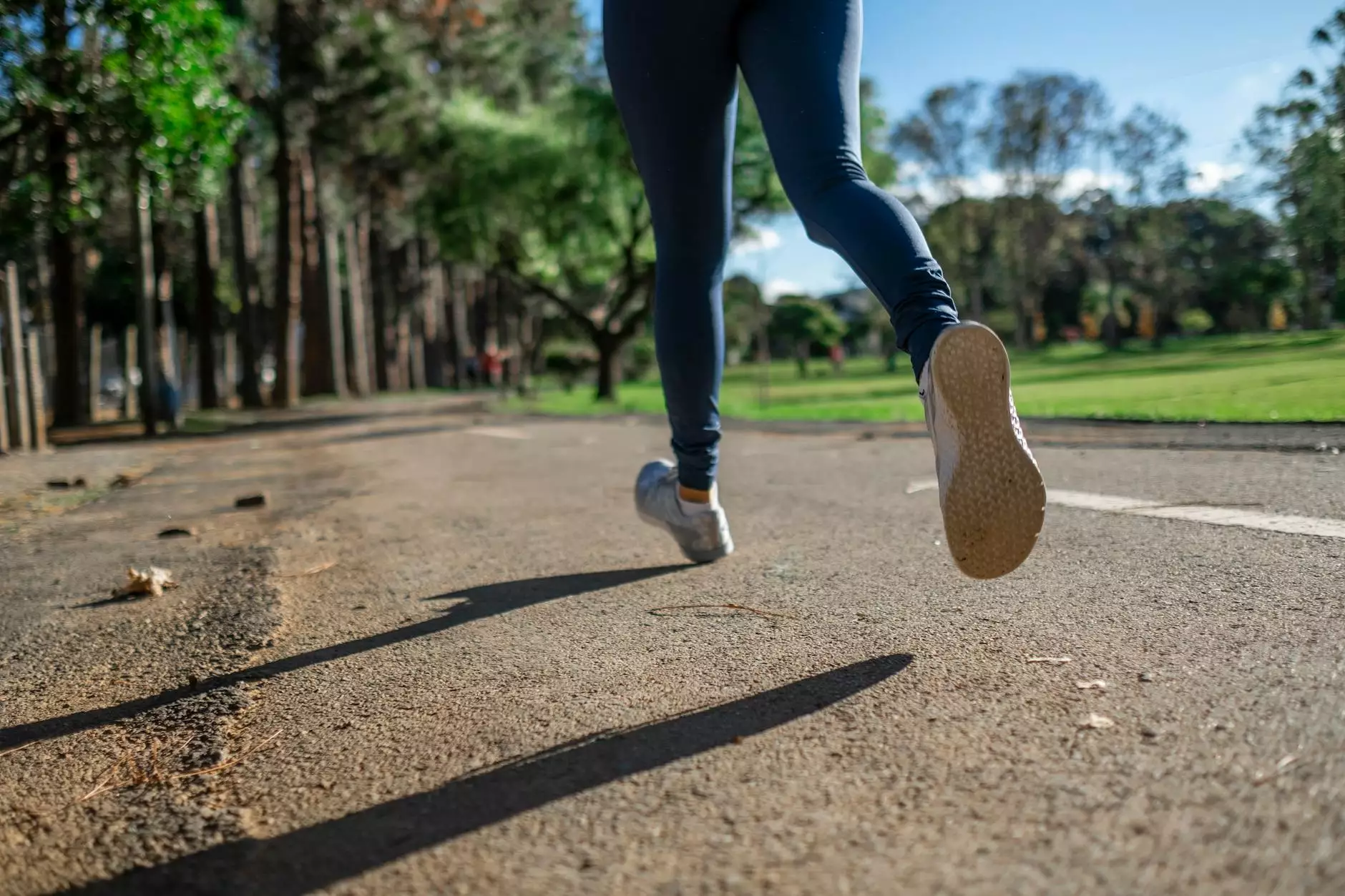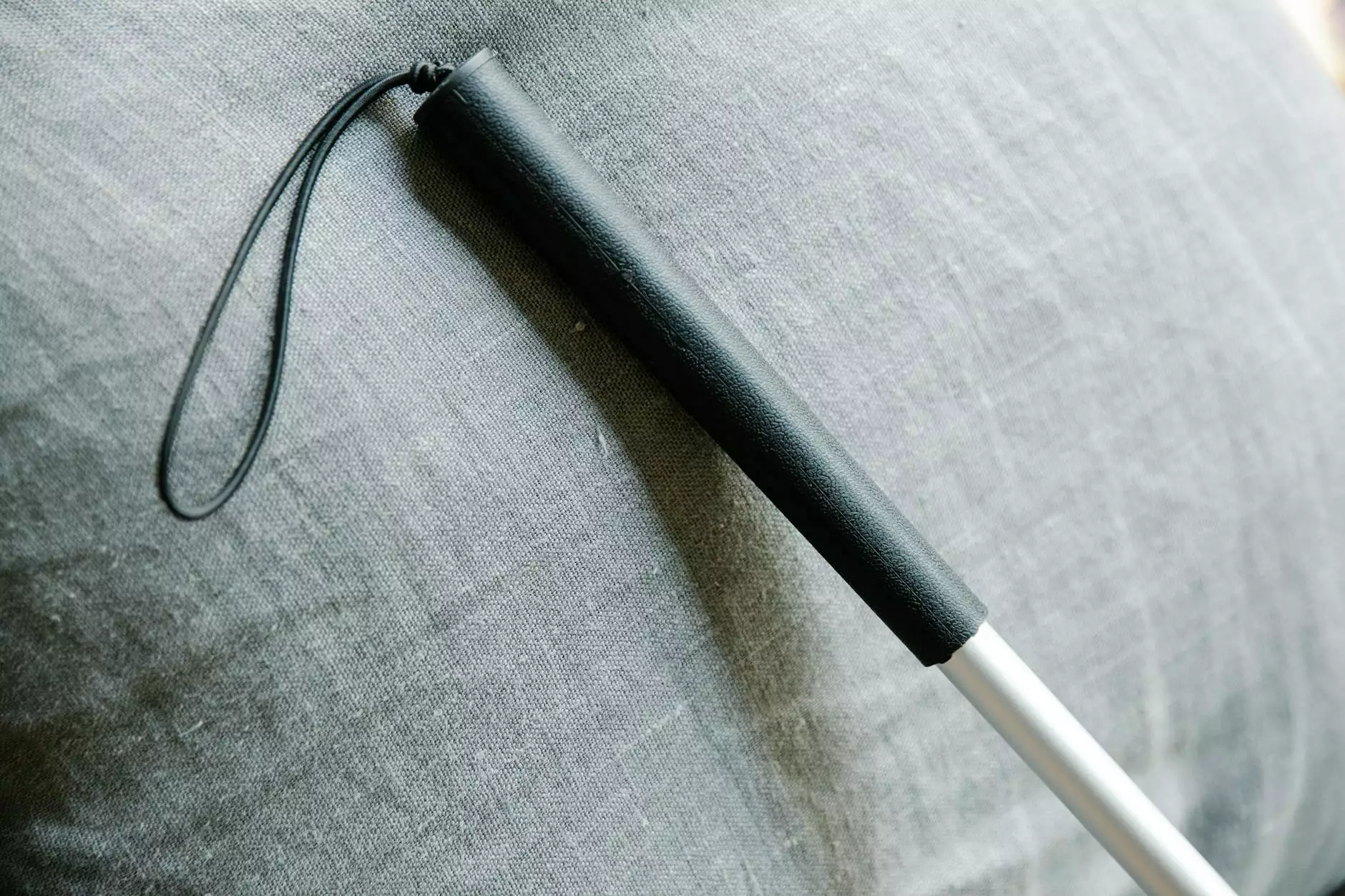The Benefits of Flat Feet Treatment for Optimal Foot Health

Introduction
Flat feet, also known as fallen arches or pes planus, is a common condition that affects many individuals. It is characterized by the absence or lower-than-normal arch in the inner part of the foot. While some people with flat feet may not experience any discomfort, others may develop foot-related issues that can have a significant impact on their overall quality of life.
Understanding Flat Feet
Flat feet occur when the arches of the feet fail to develop properly during childhood or when they collapse over time due to various factors. The condition can be either congenital (present at birth) or acquired later in life.
Flat feet can be categorized into flexible flat feet and rigid flat feet. Flexible flat feet have arches that appear when the person is not standing and the arches diminish or disappear when weight is placed on the feet. Rigid flat feet, on the other hand, have fixed flat arches regardless of weight-bearing.
Prevalence of Flat Feet
Estimating the exact percentage of the population with flat feet is challenging due to variations in measurement criteria and definitions. However, studies suggest that a significant number of individuals have some degree of flat feet.
According to various surveys and research, it is estimated that around 20-30% of adults have flat feet to varying degrees. The percentage may vary depending on factors such as age, gender, and ethnicity. It is generally observed that flat feet are more common in children and tend to decrease with age.
The Impact of Flat Feet on Foot Health
While flat feet, in most cases, do not pose significant concerns, it is important to address any associated symptoms or complications. Some individuals with flat feet may experience pain, discomfort, or other related issues including:
Pain in the Feet and Ankles
Overpronation, the inward rolling motion of the feet, often accompanies flat feet. This misalignment can lead to strain and stress on the feet and ankles, resulting in localized pain. It can further cause ankle instability and increase the risk of sprains or strains.
Foot Fatigue and Discomfort
The lack of proper arch support can make individuals with flat feet more prone to foot fatigue. Without the arch acting as a shock absorber, the feet may feel tired and achy after prolonged standing or physical activity.
Orthopedic Issues
Flat feet can also contribute to other orthopedic problems such as improper alignment of the legs, knees, and hips. This misalignment may result in overcompensation by other parts of the body, leading to issues like shin splints, knee pain, and low back pain.
Footwear Challenges
Finding suitable footwear for individuals with flat feet can be a challenge. The lack of arch support can cause discomfort and make it difficult to find shoes that provide proper cushioning and stability. It is essential to choose shoes with appropriate arch support and stability features to alleviate discomfort and prevent foot-related problems.
The Importance of Flat Feet Treatment
Although flat feet are not always a cause for concern, seeking proper treatment and care can help prevent or alleviate associated symptoms. Here are some key benefits of addressing flat feet:
Pain Relief
Treating flat feet may help reduce pain and discomfort by providing the necessary support to the arches. Orthotic inserts, arch supports, or custom-made orthotics can help distribute weight evenly and cushion the feet, relieving strain on the feet and ankles.
Improved Foot Function
Proper treatment can lead to improved foot function and stability. Physical therapy exercises and stretches may be recommended to strengthen the muscles, improve gait, and encourage natural arch development. These interventions can greatly enhance mobility and alleviate any limitations caused by flat feet.
Injury Prevention
Addressing flat feet can significantly reduce the risk of injuries associated with poor foot mechanics. By ensuring proper alignment, individuals with treated flat feet can enjoy better stability, decreased strain on joints and ligaments, and reduced chances of injury during physical activities or sports.
Enhanced Quality of Life
Treating flat feet not only improves foot health but also contributes to overall well-being. With reduced pain and improved functionality, individuals can engage in activities they enjoy without limitations, leading to an enhanced quality of life.
Conclusion
Flat feet, while common, should not be ignored if symptoms or complications arise. Seeking appropriate treatment can significantly improve foot health and overall quality of life. If you have concerns about your flat feet, consult with a qualified podiatrist or foot specialist for a comprehensive evaluation and personalized management plan.
Remember, taking care of your feet is essential for maintaining an active, pain-free lifestyle!
flat feet percentage








